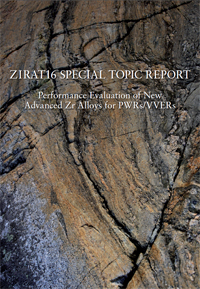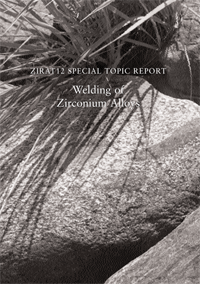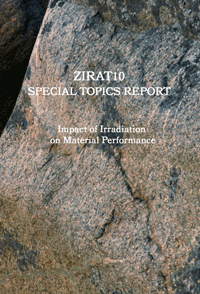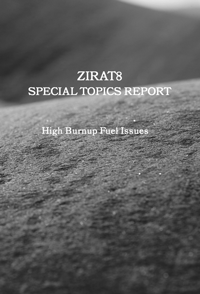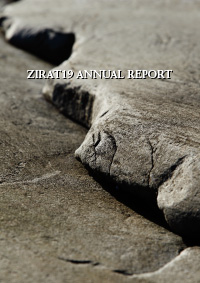High Burnup Fuel Design Issues and Consequences
(ZIRAT17/IZNA12 STR)
One of the major present challenges to nuclear energy lies in its commercial competitiveness. To stay competitive, the industry needs to maximize the availability and capacity factors of nuclear power plants while reducing maintenance and fuel cycle costs and enhancing safety. Extended burnup is one of the methods applied to meet these objectives. There are a number of issues related to normal operation, anticipated operation occurrences, design basis accidents and dry storage that need resolution to be able to successfully implement extended burnup. This special topic reviews the potential consequences of increased burnup on fuel. Recommendations are also given on how to remedy the high burnup issues.



